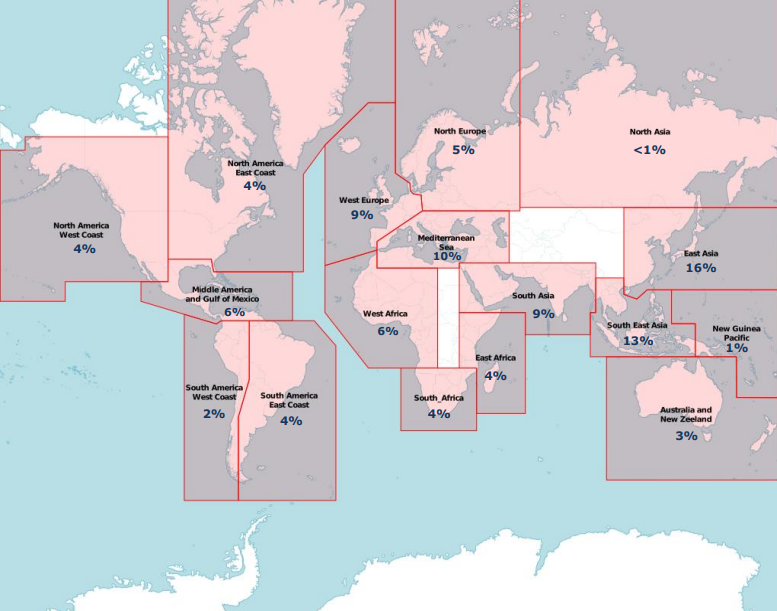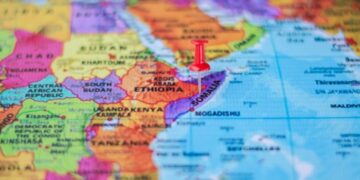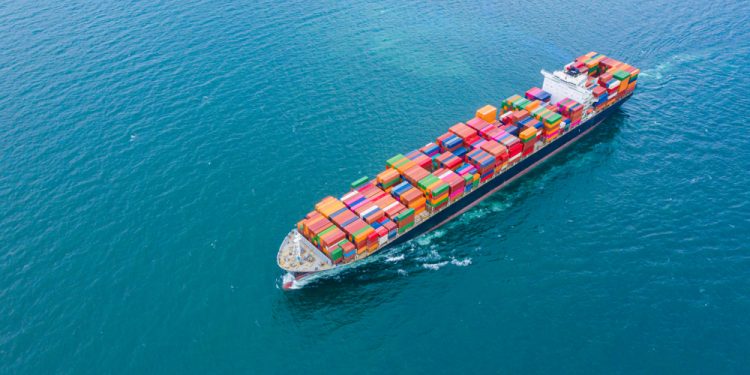EMSA issued its Equasis ‘World Merchant Fleet in 2022’ report, providing a picture of the world’s merchant fleet throughout the year, derived from data contained in the Equasis database.
It examines the structure and characteristics of the fleet and its performance. The statistics are grouped into themes which could be of interest to the industry and regulators, as follows:
- The Merchant Fleet Population,
- Classification Societies,
- P&I Clubs and Insurance Companies,
- Port State Control, and
- Trade Associations and Industry Vetting Programmes.
Ship size
- The Equasis fleet is dominated by small and medium sized ships up to 24,999 GT (84%). Small ships alone represent 46% of the fleet, by number.
- Within the large and very large categories, bulk carriers (43.5%), oil and chemical tankers (24.7%) and container ships (15.9%) represent close to 85% of the fleet in number in these ship size categories.
- In terms of tonnage, 84.7% of the large and 80.6% of the very large size ships are either oil and chemical tankers, bulk carriers, or container ships.
- 9% of the number of ships ≥500 GT in Equasis is associated with a targeted flag State, a significant decrease with respect to 2021 where the proportion
was 18%, following the decreasing trend of previous years. - Large ships in size of those types are flying flags of targeted States.
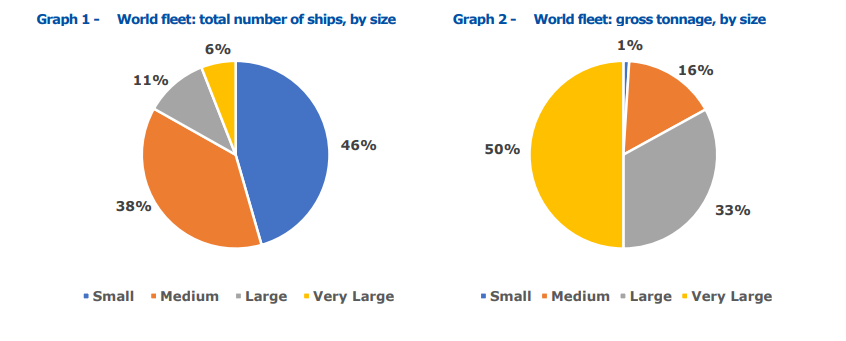
Ship type
- The five most common ship types by number are:
- Fishing vessels (20.4%),
- Tugs (15.8%),
- General cargo ships (13.1%),
- Oil and chemical tankers (11.5%); and
- Bulk carriers (10.4%), representing practically three quarters of the Equasis fleet.
- Most ships flying the flag of targeted States are, in number, either general cargo ships (28.2%), bulk carriers (13.9%) or oil and chemical tankers (12.7%).
- Those ship types together represent 55.3% of the fleet ≥500 GT in number of ships.
- Passenger ships (19%) and Ro-Ro Cargo Ships (15%) are the ship types with the highest proportions of their fleet ≥500 GT, in number of ships, flying
the flag of targeted flag States.
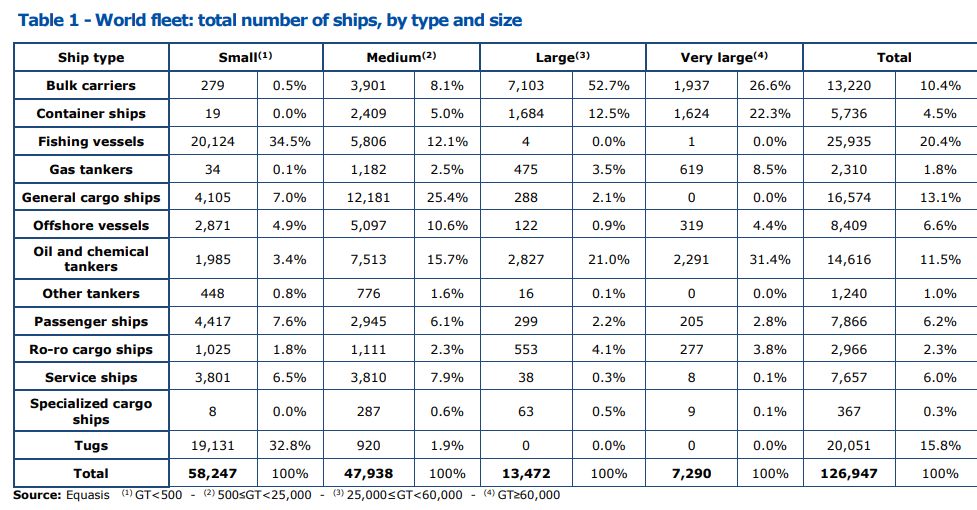
Ship age
- More than 40% of the fleet was more than 25 years old in 2022 with around 60% of those in the small ships category.
- The fleet of new ships with an age between 0 and 4 years has remained evenly distributed over the years across the ship size categories with most of the new ships being small or medium sized.
- Most of the small ships (72%) and medium ships (60.6%) were more than 15 years old in 2022.
- On the other hand, most of the large (64.4%) and very large ships (71.9%) were less than 15 years old.
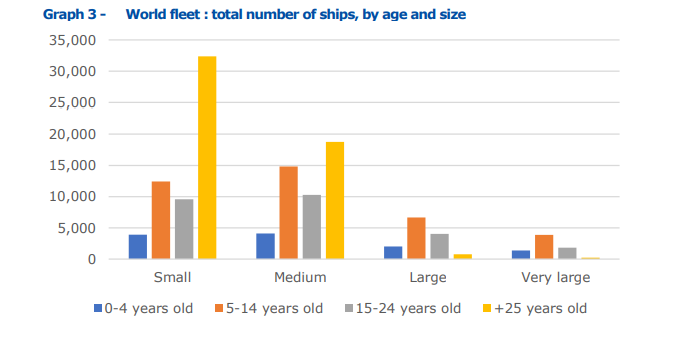
Geographical data
- The majority of maritime traffic occurs in East Asia (15.8%), Southeast Asia (12.6%), Mediterranean Sea (10.1%), West Europe (9.3%) and South Asia (9.1%).
- In respect to ship size, small sized ships were most sighted in East Asia (17.7%) and the Mediterranean Sea (13.4%) while very large ships in East Asia (14.3%) and Southeast Asia (13.2%).
